Jaipur, Rajasthan: The Pink City of India
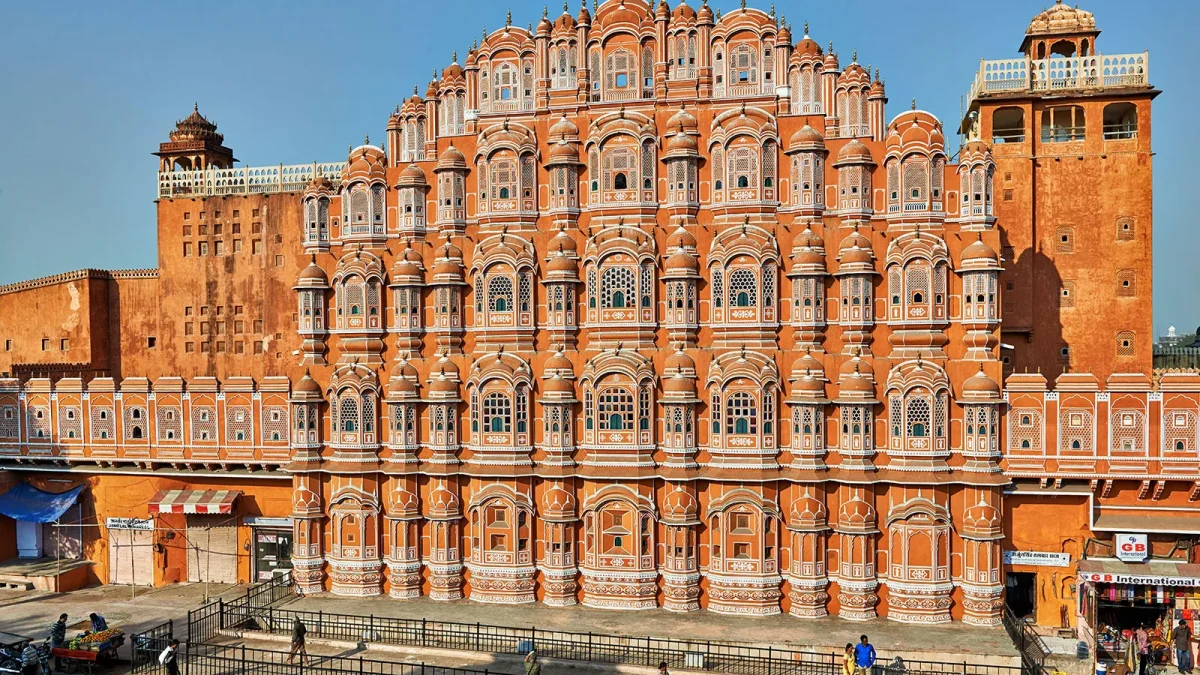
Jaipur, Rajasthan: The Pink City of India
Jaipur, Rajasthan: The Pink City of India
Jaipur, the capital city of Rajasthan, India, is a vibrant and historical destination known for its rich cultural heritage, stunning architecture, and bustling bazaars. Often referred to as the “Pink City” due to the distinctive color of its buildings, Jaipur offers a fascinating blend of ancient palaces, forts, and temples, alongside modern amenities. This comprehensive guide provides tourists with detailed information about Jaipur, including its history, major attractions, cultural significance, and practical tips for visiting.
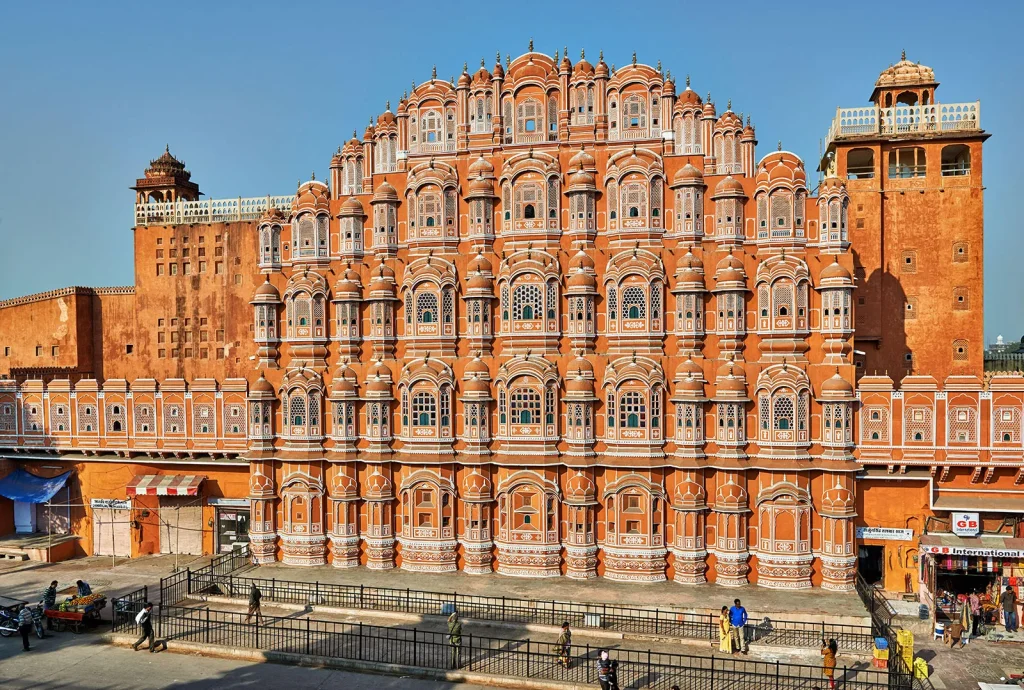
Historical Background
Founding of Jaipur: Jaipur was founded in 1727 by Maharaja Sawai Jai Singh II, the ruler of Amber, to serve as the new capital of his kingdom. The city was meticulously planned by the chief architect Vidyadhar Bhattacharya, based on the principles of Vastu Shastra and Shilpa Shastra, ancient Indian architectural texts.
Design and Planning: Jaipur was one of the earliest planned cities in India, with a grid layout that included wide streets, orderly blocks, and significant public spaces. The city was divided into nine blocks, with two designated for state buildings and palaces and the remaining seven for the public. The city’s layout was designed to ensure the safety, convenience, and prosperity of its inhabitants.
The Pink City: Jaipur earned the nickname “Pink City” in 1876 when Maharaja Ram Singh ordered the city to be painted pink to welcome the Prince of Wales (later King Edward VII). The tradition has been maintained, and the pink color has become synonymous with the city’s identity.
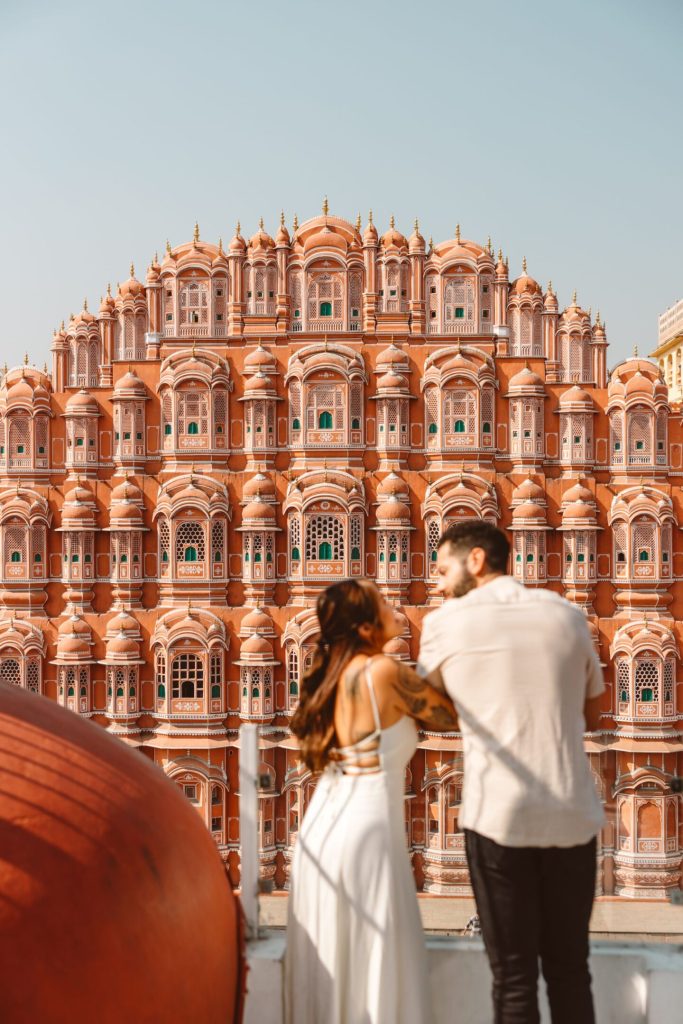
Major Attractions
Amber Fort: Located about 11 kilometers from Jaipur, Amber Fort (also known as Amer Fort) is a majestic fort built with red sandstone and marble. It is known for its artistic Hindu style elements and its majestic, ornate palaces.
- Sheesh Mahal (Mirror Palace): One of the most famous parts of the Amber Fort, Sheesh Mahal is renowned for its intricate mirror work that beautifully reflects light.
- Diwan-e-Aam and Diwan-e-Khas: The Hall of Public Audience and the Hall of Private Audience, respectively, where the Maharaja would meet with the public and dignitaries.
- Elephant Rides: Visitors can enjoy elephant rides up the cobblestone paths leading to the fort, offering a royal experience and stunning views of the surrounding area.
City Palace: Located in the heart of Jaipur, the City Palace is a sprawling complex that includes courtyards, gardens, and buildings. It has served as the residence of the royal family of Jaipur since the city’s founding.
- Chandra Mahal: The seven-story Chandra Mahal is the most prominent building in the City Palace complex and serves as the royal residence. The top floors offer a panoramic view of the city.
- Mubarak Mahal: This building now houses a museum displaying royal costumes and textiles.
- Diwan-i-Khas: The Hall of Private Audience, known for its beautiful decorations and the two giant sterling silver vessels, the largest in the world.
Hawa Mahal (Palace of Winds): Built in 1799 by Maharaja Sawai Pratap Singh, Hawa Mahal is a five-story palace made of red and pink sandstone. Its unique facade, with 953 small windows, allowed royal ladies to observe street festivals while remaining unseen.
- Architecture: The structure resembles a honeycomb and is designed to allow air to circulate through the palace, keeping it cool even during the hot summer months.
- Museum: The palace also houses a small museum with artifacts related to Jaipur’s history and culture.
Jantar Mantar: This UNESCO World Heritage Site is an astronomical observatory built by Maharaja Sawai Jai Singh II in the early 18th century. It consists of nineteen architectural astronomical instruments.
- Samrat Yantra: The largest sundial in the world, which can measure time to an accuracy of two seconds.
- Instruments: The observatory includes various instruments designed for observing astronomical positions with the naked eye.
Nahargarh Fort: Perched on the Aravalli hills, Nahargarh Fort offers stunning views of Jaipur. It was originally built in 1734 by Maharaja Sawai Jai Singh II as a retreat.
- Madhavendra Bhawan: A palace within the fort, which includes suites for the king and his queens, showcasing intricate frescoes and beautiful interiors.
- Sunset Views: The fort is a popular spot for viewing the sunset over the city.
Jaigarh Fort: Known as the “Fort of Victory,” Jaigarh Fort is located on the Cheel ka Teela (Hill of Eagles) and was built to protect Amber Fort. It houses the world’s largest cannon on wheels, the Jaivana Cannon.
- Armory Museum: The museum displays an impressive collection of swords, shields, muskets, and cannonballs.
- Water Cisterns: The fort has an elaborate water harvesting system and large underground tanks.
Albert Hall Museum: Also known as the Government Central Museum, this museum is the oldest museum in Rajasthan. It showcases an extensive collection of artifacts, including paintings, jewelry, carpets, and ivory.
- Architecture: The museum is housed in a beautiful Indo-Saracenic style building, designed by Sir Samuel Swinton Jacob.
Birla Mandir: Also known as the Laxmi Narayan Temple, this modern Hindu temple is dedicated to Lord Vishnu and Goddess Laxmi. Built entirely of white marble, it is known for its stunning architecture and serene ambiance.
Jal Mahal (Water Palace): Situated in the middle of Man Sagar Lake, Jal Mahal appears to float on the water. The palace is an architectural marvel, with its light sand-colored walls contrasting beautifully with the blue water of the lake.
Cultural Significance
Festivals: Jaipur is known for its vibrant festivals that reflect the rich cultural heritage of Rajasthan.
- Jaipur Literature Festival: Held annually in January, this is the world’s largest free literary festival, attracting authors, poets, and literature enthusiasts from around the globe.
- Teej Festival: Celebrated in the monsoon season, Teej is dedicated to the goddess Parvati and involves singing, dancing, and processions.
- Gangaur Festival: A spring festival celebrated by women in honor of Gauri, a manifestation of Parvati. It involves colorful processions and traditional rituals.
Handicrafts and Shopping: Jaipur is famous for its traditional handicrafts, textiles, and jewelry. The bustling bazaars offer a wide variety of items.
- Johari Bazaar: Known for its exquisite jewelry, especially Kundan, Meenakari, and Polki work.
- Bapu Bazaar and Nehru Bazaar: Famous for textiles, footwear, and handicrafts.
- Tripolia Bazaar: Renowned for bangles, brassware, and ironware.
Cuisine: Jaipur’s cuisine is a delightful blend of Rajasthani flavors, with an emphasis on rich spices and ghee.
- Dal Baati Churma: A traditional Rajasthani dish consisting of baked wheat balls served with lentil curry and sweetened cereal.
- Laal Maas: A spicy red meat curry made with mutton and fiery red chilies.
- Ghewar: A traditional sweet made from flour, ghee, and sugar syrup, often enjoyed during festivals.
Practical Tips for Visiting Jaipur
Best Time to Visit: The best time to visit Jaipur is during the winter months from October to March, when the weather is pleasant and ideal for sightseeing.
Getting There: Jaipur is well-connected by air, rail, and road.
- By Air: Jaipur International Airport has regular flights to major Indian cities and select international destinations.
- By Train: Jaipur Junction is a major railway station with connections to cities like Delhi, Mumbai, and Kolkata.
- By Road: Jaipur is connected by a network of highways and can be reached by bus, car, or taxi from nearby cities.
Local Transportation: Jaipur offers various modes of local transportation, including auto-rickshaws, cycle rickshaws, taxis, and buses. Ride-hailing apps like Uber and Ola are also available.
Accommodation: Jaipur offers a wide range of accommodation options, from luxury hotels and heritage palaces to budget guesthouses and hostels.
- Luxury: The Oberoi Rajvilas, Rambagh Palace, and Jai Mahal Palace.
- Mid-Range: Hotel Pearl Palace, Dera Mandawa, and Shahpura House.
- Budget: Zostel Jaipur, Vinayak Guesthouse, and Moustache Jaipur.
Visitor Tips:
- Dress Appropriately: Rajasthan has a conservative culture, so it is advisable to dress modestly, especially when visiting religious sites.
- Stay Hydrated: Jaipur can get quite hot, especially in the summer months. Carry water and stay hydrated.
- Bargain Wisely: Bargaining is common in Jaipur’s markets. Start by offering about half the quoted price and negotiate from there.
- Respect Local Customs: Show respect for local customs and traditions, especially when visiting temples and other religious sites.
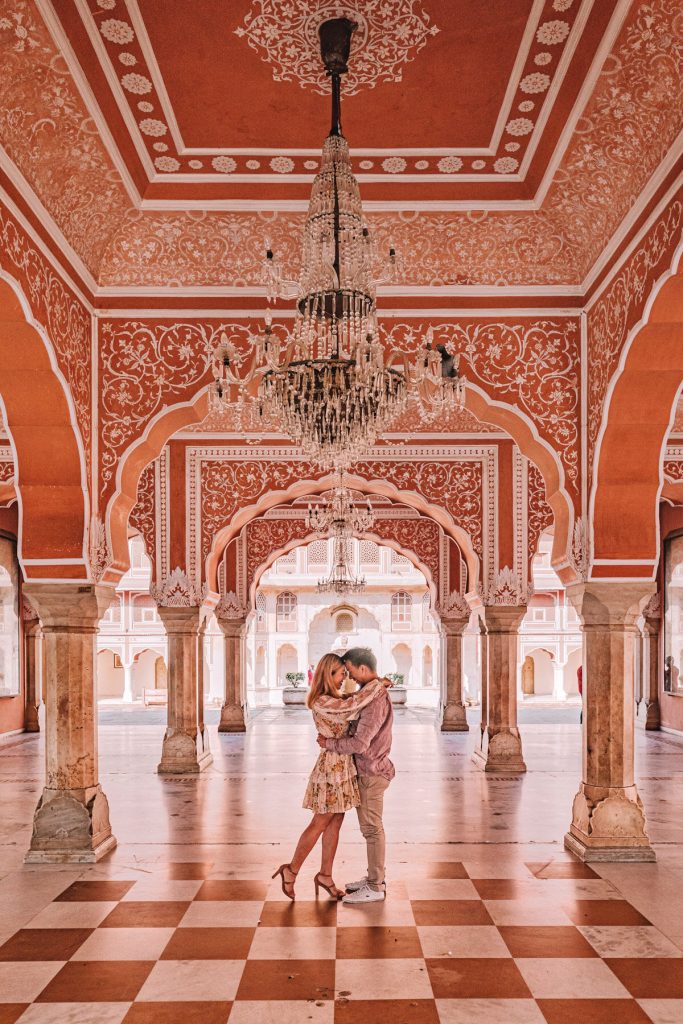
Unique Features and Emotional Impact
Architectural Splendor: The architectural beauty of Jaipur, with its grand palaces, forts, and temples, leaves a lasting impression. The blend of Mughal and Rajput architectural styles is a visual feast.
Cultural Richness: The vibrant culture of Jaipur, reflected in its festivals, music, dance, and cuisine, provides a deeply enriching experience. The city’s bustling bazaars offer a sensory overload with their colors, sounds, and aromas.
Historical Depth: Walking through the historical sites of Jaipur
, visitors can feel the echoes of the past and the grandeur of the Rajput era. The stories of valor, romance, and tradition are woven into the fabric of the city.
Warm Hospitality: The people of Jaipur are known for their warm hospitality and friendly nature. Engaging with the locals and learning about their traditions and way of life adds an extra layer of enjoyment to your visit.
Conclusion
Jaipur, with its rich history, stunning architecture, and vibrant culture, is truly the crown jewel of Rajasthan. From the majestic Amber Fort and the intricate Hawa Mahal to the serene Jal Mahal and the bustling bazaars, the city offers a wealth of experiences for visitors.
As a must-visit destination, Jaipur invites travelers to immerse themselves in its beauty and charm. Whether you are exploring its historical sites, savoring its delicious cuisine, or shopping for traditional handicrafts, Jaipur provides an unforgettable experience that captures the essence of Rajasthan.
Plan your visit to Jaipur, embrace its unique features and enchanting atmosphere, and discover why it remains one of the most beloved and iconic destinations in India. From its stunning palaces and picturesque forts to its rich cultural heritage, Jaipur offers a magical journey into the heart of India’s royal past.
-
Jaipur, Rajasthan: The Pink City of India
Jaipur, Rajasthan: The Pink City of India Jaipur, the capital city of Rajasthan, India, is a vibrant and historical destination known for its rich cultural heritage, […]
thecoins24 Bitcoin News Cryptocurrency airdrop theforex24 Forex News Aypa Group Aypa Website developer Aypa SEO
italyeducation تحصیل در ایتالیا تحصیل رایگان در ایتالیا پذیرش تحصیلی در ایتالیا دانشگاه های ایتالیا بورسیه تحصیلی ایتالیا Aypa Digital Marketing Forex Calculator


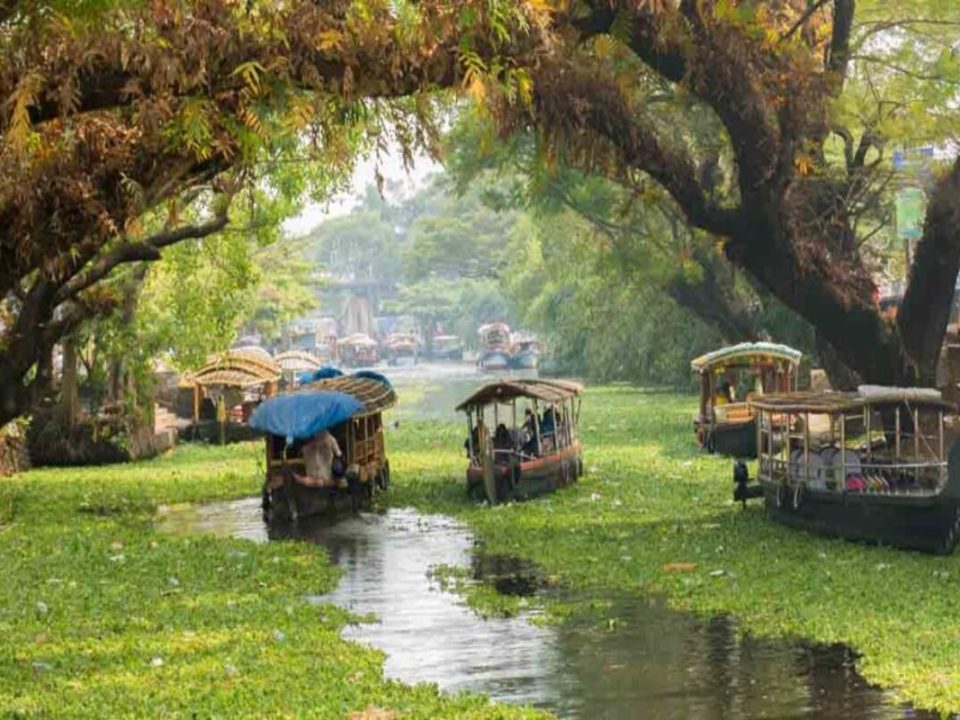
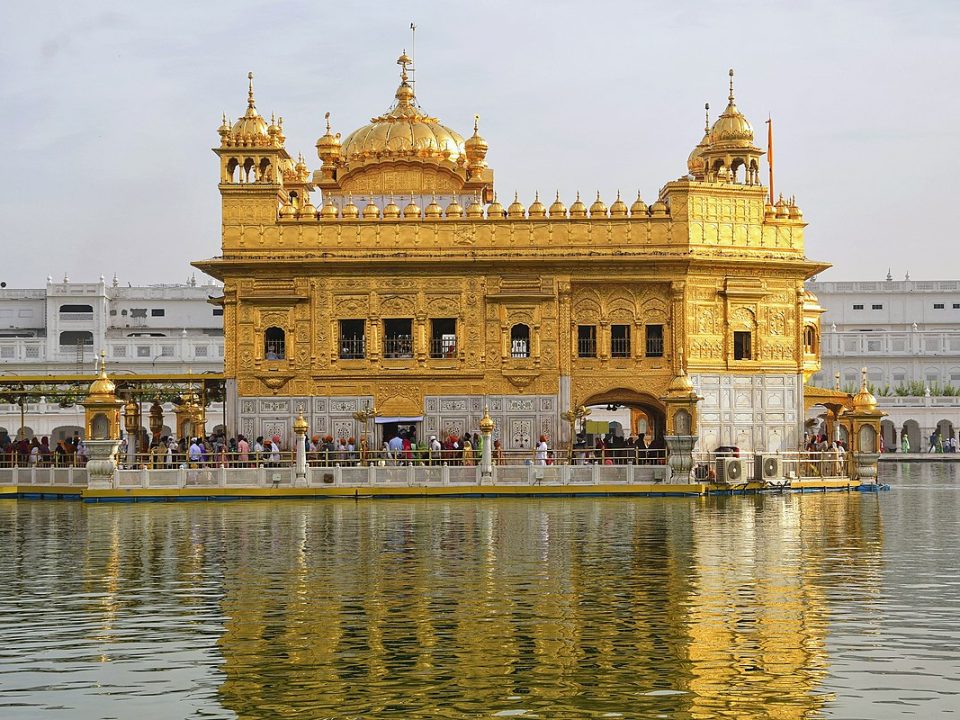

1 Comment
😳 OMG